The Olympic-Kona double man
In just his third year of long course triathlon, Jan Frodeno ascended the summit with a flourish.
In 2014, he was 3rd at Ironman Frankfurt, 2nd at Ironman 70.3 Worlds and 3rd at Kona. This year he took an unofficial but impressive Triple Crown – wins at Ironman Frankfurt, Ironman 70.3 Worlds and at Kona. In contrast to his 2008 Olympic gold where he ran away from Simon Whitfield with his long strides like a bullet train leaving the locomotives behind, Frodeno’s win at Kona was a carefully calculated affair. He used his ITU talents to swim a 2nd-best 50:50, biked a 5th-best 4:27:27 and ran a 5th-best 2:52:21 to finish in 8:14:40 – the 11th fastest time in Kona history – with a 3:03 margin over fellow German Andreas Raelert.
Interestingly for a man with such prodigious speed and strength, Frodeno won more with conservative wisdom than brute power. When recounting his race, he gave much credit to his habit of walking through many aid stations on the run. He explained that slowing down to take in the hydration and nutrition and letting his core temperature cool down was just like his Olympic distance days when he trained running speed intervals on the track.
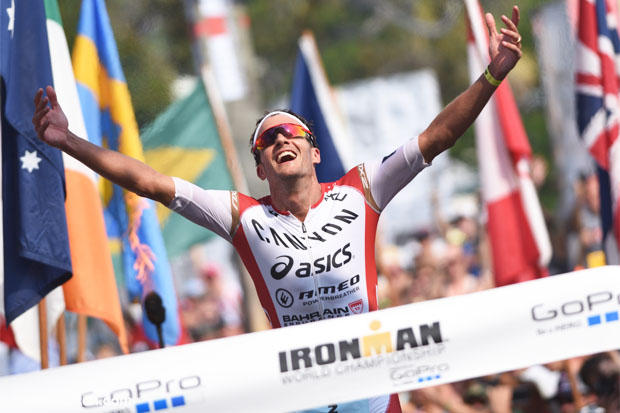
Slowtwitch: After Sebastian Kienle outran you and Javier Gomez at Zell Am See Ironman 70.3 World Championship, were you worried about him coming back at you today?
Jan Frodeno: Sebastian is a 3-time world champion (2012 and 2013 Ironman 70.3 and 2014 Ironman World Championship) and it really surprises me that some people thought from his race at Zell Am See that he had just learned to run. He is a three-time world champion. He can do it. And the reason why he is not the fastest runner is he puts a lot of heart into his bike. (This year Kienle’s 4:25:53 bike split was 2nd to Maik Twelsiek’s 4:25:10 and better than Frodeno’s 4:27:27.) He was second-fastest to Maik Twelsiek. I think if you bike like him you’re not going to run as fantastic.
ST: So how fast can Kienle run at an Ironman?
Jan: If he relaxed on the bike he could probably run 2:48. You know in 2014 he ran a 2:49 in Frankfurt after breaking the course record on the bike. That I thought was his most impressive run. But that is just me.
ST: How did your strategy evolve during the race? What did you think when Tim O’Donnell took the lead near Hawi?
Jan: The bike was quite strange. There were a lot of pace changes. It wasn't ever a suicidal pace. I thought it was always in control. That was why I was surprised that Tim and I and Sebi got away at the end of the bike. Sebi and I rode up to Tim and then I sort of rode a little bit away from them both at the end. Even then, it wasn't like I was putting out exorbitant power.
ST: You did not spend all day at redline to stay at the front of the bike?
Jan: No. But when I looked out the window this morning, I saw there was not going to be a cloud in the sky. And you have to factor that in when you run. It was brutally hot at the start and you have to have some extra biscuits left for the end of the run. On that marathon, very quickly, especially when you have a slight tailwind, you are just in this constant room of hot air.
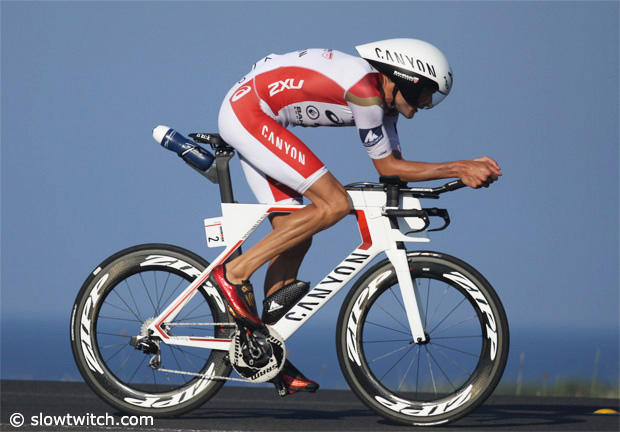
ST: Under those conditions, Ali'i Drive is claustrophobically hot?
Jan: Well, you have the advantage starting out a bit fresh. There are a lot of people there who spray water on you. There are a lot of aid stations. It's not that bad. But I did have to go back to my unique tactic.
ST: Which is?
Jan: Walking through aid stations. And taking in heaps and heaps and heaps of liquid. Even stopping at one or the other ice boxes and throwing sponges over myself.
ST: In 1996, both Luc Van Lierde and Paula Newby Fraser got bike penalties and had to sit in the sin bin for three minutes before the run. They used that time to cool and calm the body down, regroup, and came out blazing. And won. So there is something to be said about taking those breaks?
Jan: Absolutely. We are all highly trained athletes. In three minutes you can do a lot of recovery – as if you are doing intervals. And you know what? At the pace I am running I know I will make up 30 seconds within 2 kilometers. I come from short distance racing. You do a lot of interval training and a lot of active recovery. You are running say 30 x 400s on the track. There is a lot of pace changing. So I know how to take some time off and then make it up. It works for me.
ST: But for some guys who train and race at the same pace all day, they think taking time in aid stations is giving up.
Jan: And mentally you have to look away from the pride point of view where you look down on yourself for walking through an aid station. To be honest, it's about winning. It’s about who comes in to the line first. And on a day like today, you have to be careful.
ST: Ever worried on the run? Tim O’Donnell said you had a bad patch when he made up ground on the run and cut your lead to 1:05.
Jan: The thing is, I was waiting for the Energy Lab.
ST: Some people dread it.
Jan: Everybody is scared of the Energy Lab. And last year I came good at the Energy Lab finally. (In 2014 Frodeno revived his pace and finished with a 2:47:46 marathon – 6:50 better than Kienle, who already wrapped up the win with a race-best 4:20:46 bike split.) I love it. I did my tempo work training there. You start with a light downhill and you can let it roll. And once you are down there it is 1k to the turnaround. Do one more k then you come back. That is it. So why does it have to take energy? It can give it too.
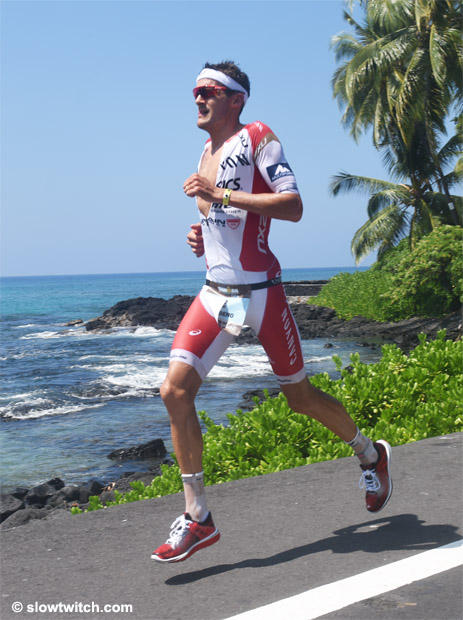
ST: When you were running in and out of the Energy Lab, what did you notice about how Tim looked?
Jan: That is the thing, I stopped getting splits about mile 10. Then Emma said to me coming into the Energy Lab “Tim is coming. He's a minute back.”
ST: How did you react?
Jan: I never looked around. I was convinced she was just trying to get my ass into gear so I wouldn't ease up on the pressure. But I honestly didn’t see what shape he was in. I was focused on myself and doing my own marathon. Because in this sort of heat, if somebody closes a minute or two and a half minute gap, it comes at a big price. And it wasn't as if I felt I was being chased by a bunch of street dogs. I was trying to run my pace and stay within myself.
ST: You had spring in your legs. Your stride was right. Everything felt smooth. Not like Zell Am See where you were struggling to hold on to the lead at the end?
Jan: I took only two days to taper for that race. I was not worried about falling apart at Kona. I felt good for most part except for a few patches when I felt I was boiling from the inside. That killed me. Especially running up Palani (at the 9 mile mark of the run). That’s where I stuck my head in the ice bucket the first time. It's just like when your feet feel like they are burning. It is not the nicest feeling. I struggled with it. It is like being locked in a sauna. To be honest today was the first I really struggled with the heat in Kona. In this race, there is just no letting up. Crowie put it quite well. He said of Kona, “There is no break. It is relentless. You have to fight for every meter.” It's very clichéd, but very true.
ST: What is the hardest part of this Ironman race?
Jan: The hardest thing is dealing with the pressure of having these guys breathe down your neck. Because when you look at the names and the motorbike comes up and shows you the names and the gaps and you know these guys are all racers. They are not at all intimidated by time differences. They are all know their bodies inside and out and they are all happy to take a risk at the right time. Of course it will be tough for them too. It is one of those things – not to get too distracted and really try to keep within yourself and not look at the time difference too much when they are coming close. Because it is such a long day and so much can happen.
ST: Andreas Raelert outran you by 2:19 but you still had a 3:03 margin of victory. You were a big favorite but you never had a big lead. You had a lot of pressure coming in. So when did you feel you had it won?
Jan: There were a lot of expectations. High hopes I guess. The history of this race has taught me that things can go bad very late. Therefore I never think of the result in the middle of the race. I was just trying to focus on each and every mile. Maybe at 26 miles, on Ali'i Drive – maybe then. When I finally reached the carpet I knew whatever comes I can crawl from here and make it.
ST: What did you feel at that moment?
Jan: It was a very special moment. It was the first time I realized that I had made my race. I thought three years of very long, very hard work went into it and it is coming to an end and ending perfectly. I was just super, super happy.
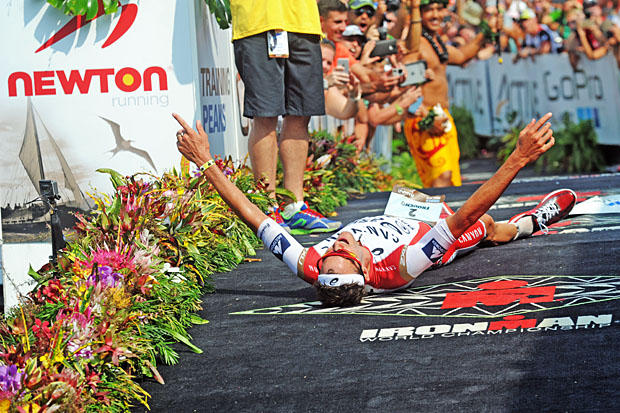
ST: What do you think about your accomplishment – the first person to win Olympic gold and the Ironman?
Jan: To be honest not much.
ST: Before you made it, Michellie Jones came closest – she took Olympic silver in 2000 and won the Ironman in 2006. What does this mean to you?
Jan: Right now nothing at all. Before I was chasing all these records. But right now, I just won Hawaii. It is the greatest race in our sport.
ST: In the history of triathlon, it is actually like gilding the lily to call it a World Championship. It means far more as simply the Hawaiian Ironman. It needs no further distinction.
Jan: Exactly. That is exactly what it is. It is the Wimbledon of our sport. Right now I am on Cloud Nine and maybe in a week I will care about such records. Honestly, when you have Emma Snowsill and now Emma Frodeno at home (with her Olympic gold and three ITU World championships) records go out the window.
ST: What did you think of Andreas Raelert coming second for the third time at age 39?
Jan: I was so happy for him. This might possibly be his last one. You never know with this guy. I was really happy for him because I spent a lot of time the last two years with this guy. He works hard. He has had some hard years and some tough times. But whether things are going well or badly, there is not a nicer guy on the planet.
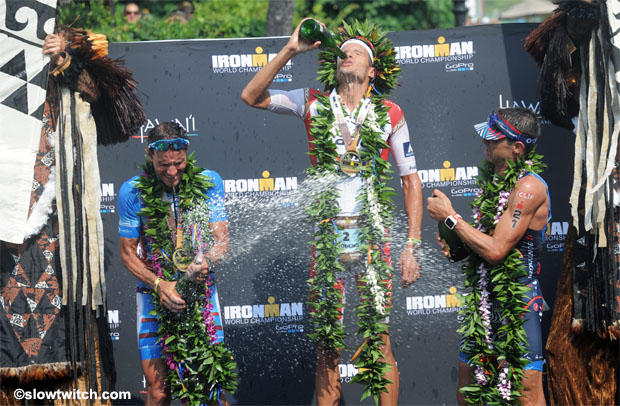
ST: He is so nice – the epitome of sportsmanship – it is amazing. However bitter a defeat, such as his loss in the stretch to Macca at Kona in in 2010, he has nothing but kind words and praise for all his competitors.
Jan: It is true. He is one of the coolest guys around. I spent what feels like years in training camps with him and don’t have one bad thing to say about him. He is the nicest, most positive guy.


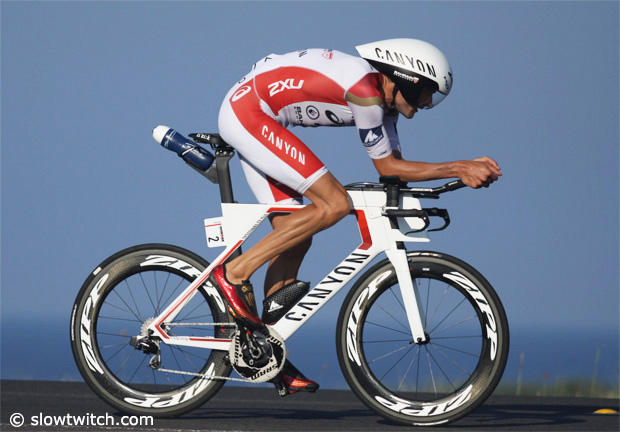
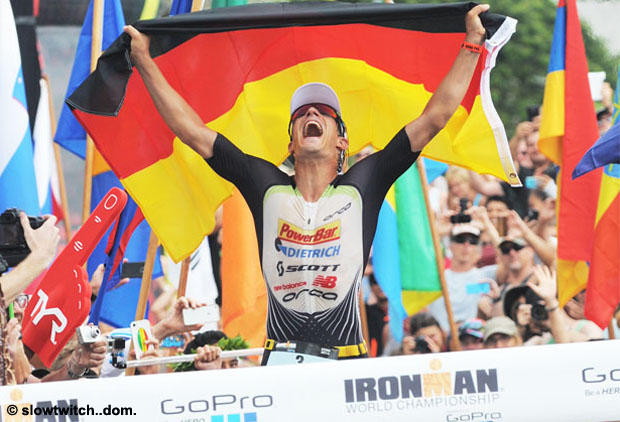
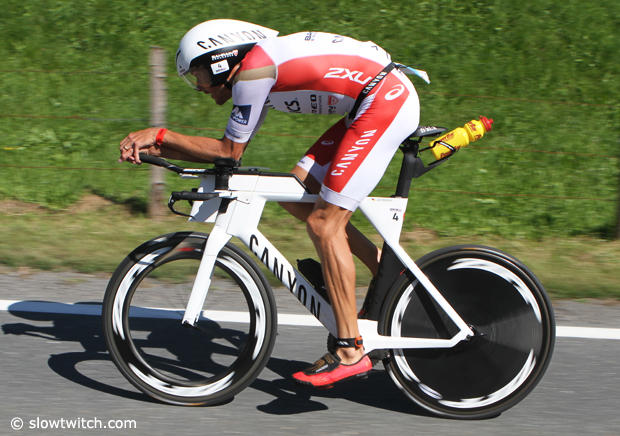
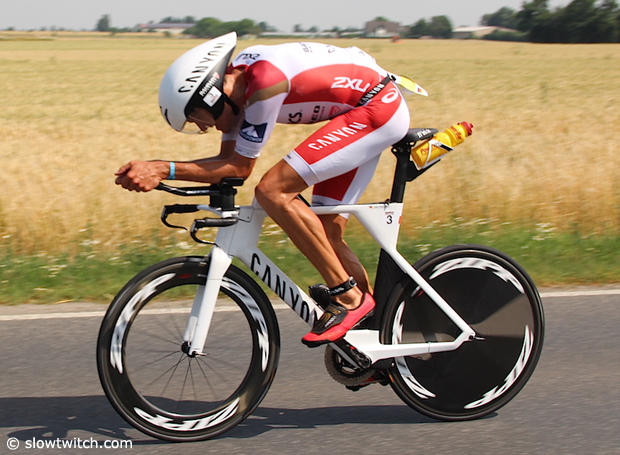
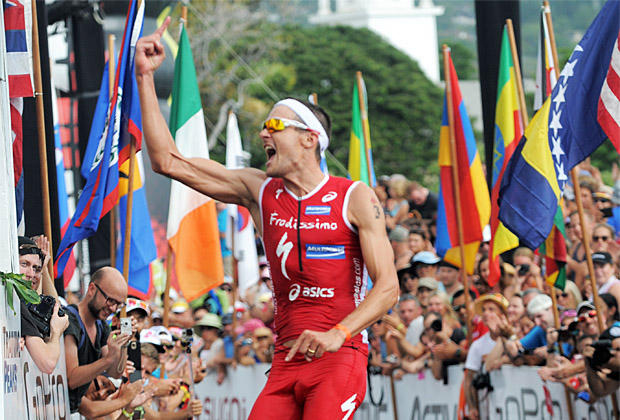
Start the discussion at slowtwitch.northend.network